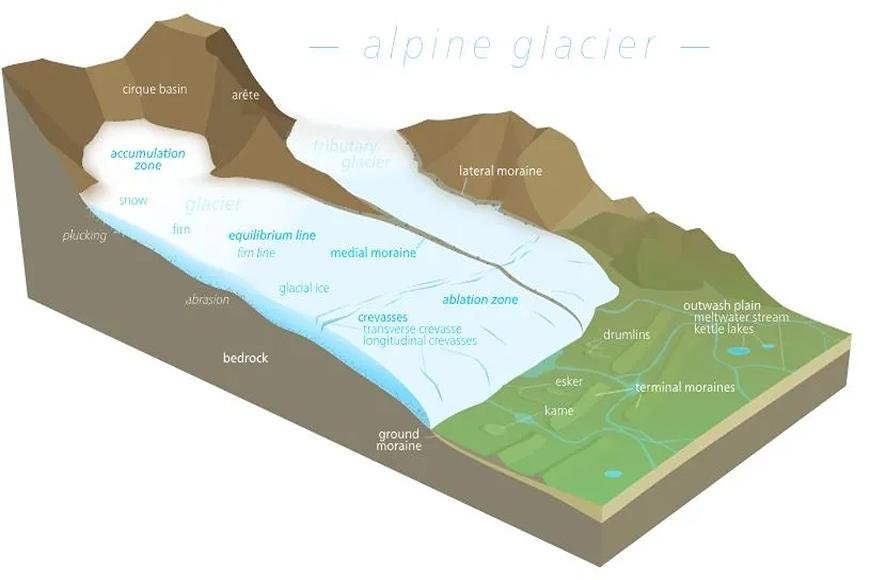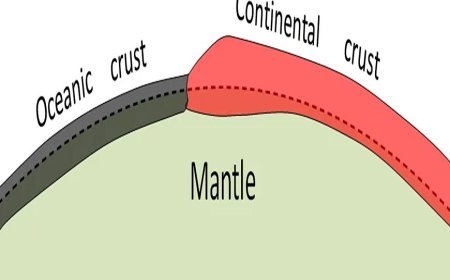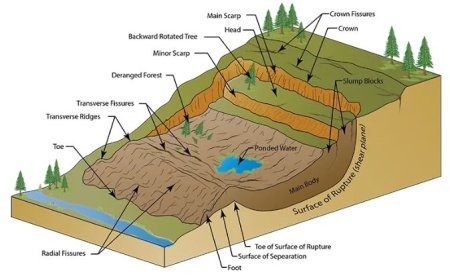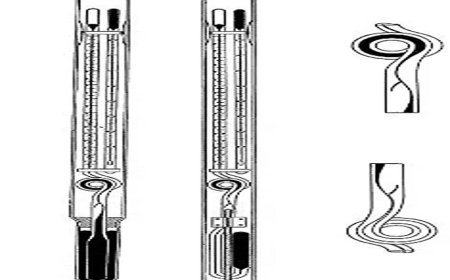GLACIAL CYCLE OF EROSION
Witness the power of glaciers! Erosion and deposition shape mountains and valleys in a cycle of change.

GLACIERS
- A glacier is a massive body of ice that travels slowly across land.
- Glacier is derived from the French word glace (glah-sAY), which signifies ice.
- Glaciers are frequently referred to as "ice rivers."Glaciers often have the form of a tongue, widest near the source and narrowest downstream.
- Despite the fact that the glacier is not liquid, it moves gradually due to the constant pressure from the snow accumulating above.
- The pace of movement is fastest near the centre, where there are fewer obstacles.
- The sides and bottom remain in place due to the friction that the valley floors and sides produce.
- A straight row of stakes put across a glacier will gradually take on a curved form down the valley, indicating that the glacier moves quicker in the middle than on the sides.
- Glacial landforms can be found in areas with no active glaciers or glacial processes.
Erosion Cycle in Glaciers
Youth
- The activity of the ice in a circle, cutting inward, marks the stage.
- Aretes and horns are on the rise. At this point, the hanging valleys are not visible.
Maturity
- The valley glacier transforms into a trunk glacier, and hanging valleys appear.
- The opposing cirques get closer, and the glacial trough gets a regular and graded stepped profile.
Old Age
- The formation of a 'U'-shaped valley denotes the beginning of old age.
- A conspicuous development is an outwash plain with characteristics such as eskers, kame terraces, drumlins, kettle holes, and so on.
- The peak heights are substantially lowered as the opposing cirques merge. Mountain peaks round out.
What's Your Reaction?



































